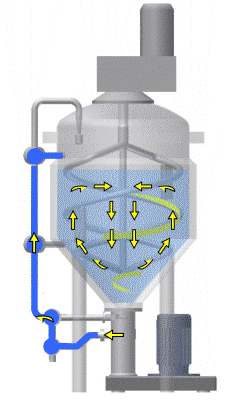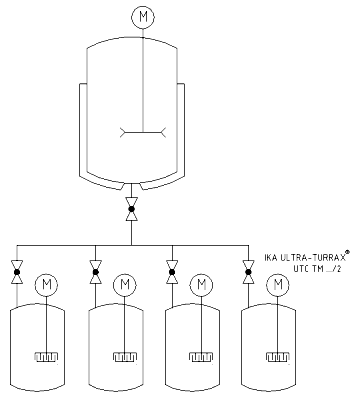Codes regarding production, date, batch number etc. are often printed on packages resp. stickers. This is done with special coding or marking inks, which must have a number of special characteristics. Basically there are two types of coding inks. Depending on the surface on which you print, either solvent or water based inks are used. Due to the printing speed the inks have to dry quickly and must be very mobile. The contained pigments must already be in a finest ground state, if possible in the range of 1 micron or even finer, in order to avoid a blocking of the ink jet nozzle. |




